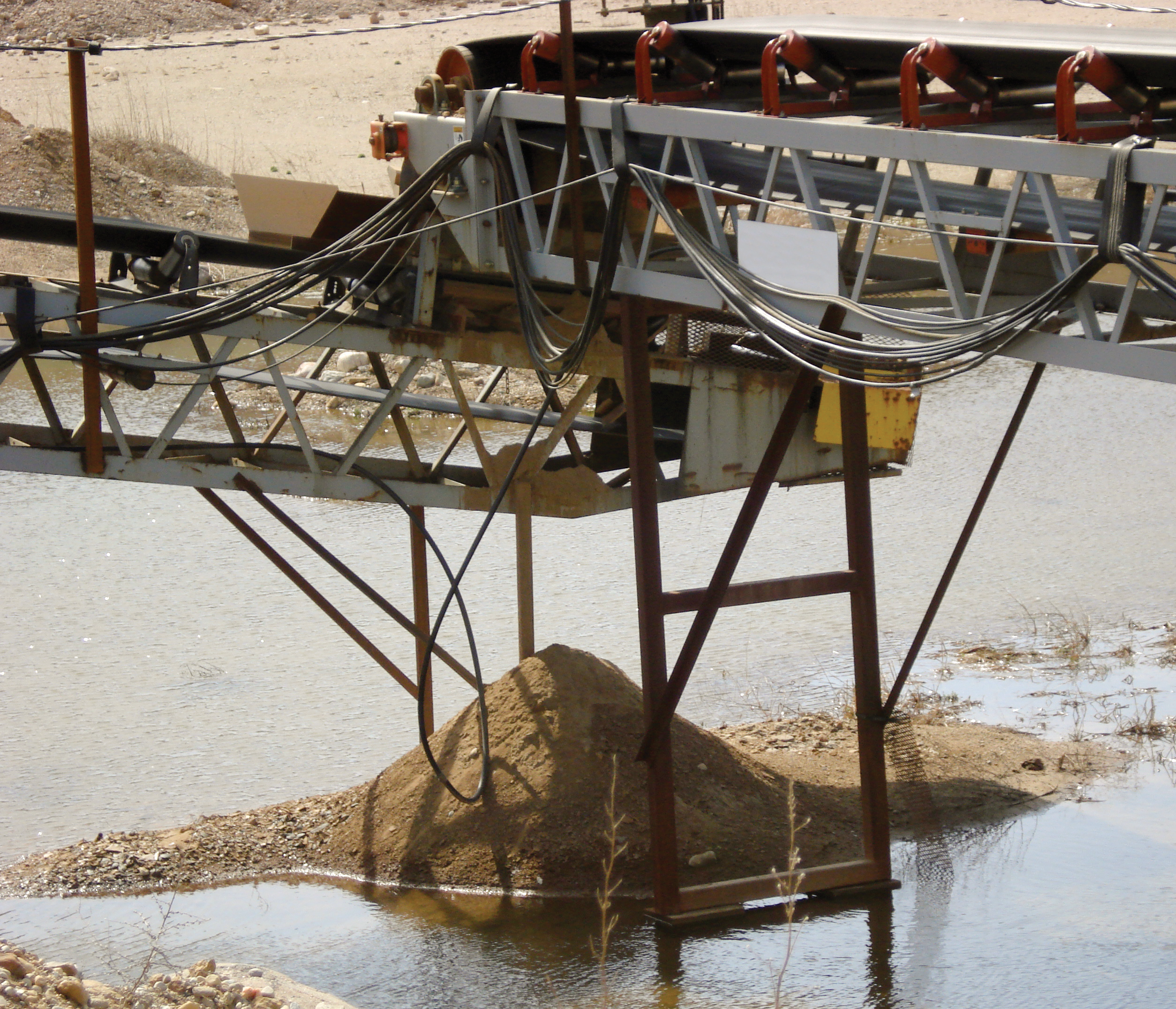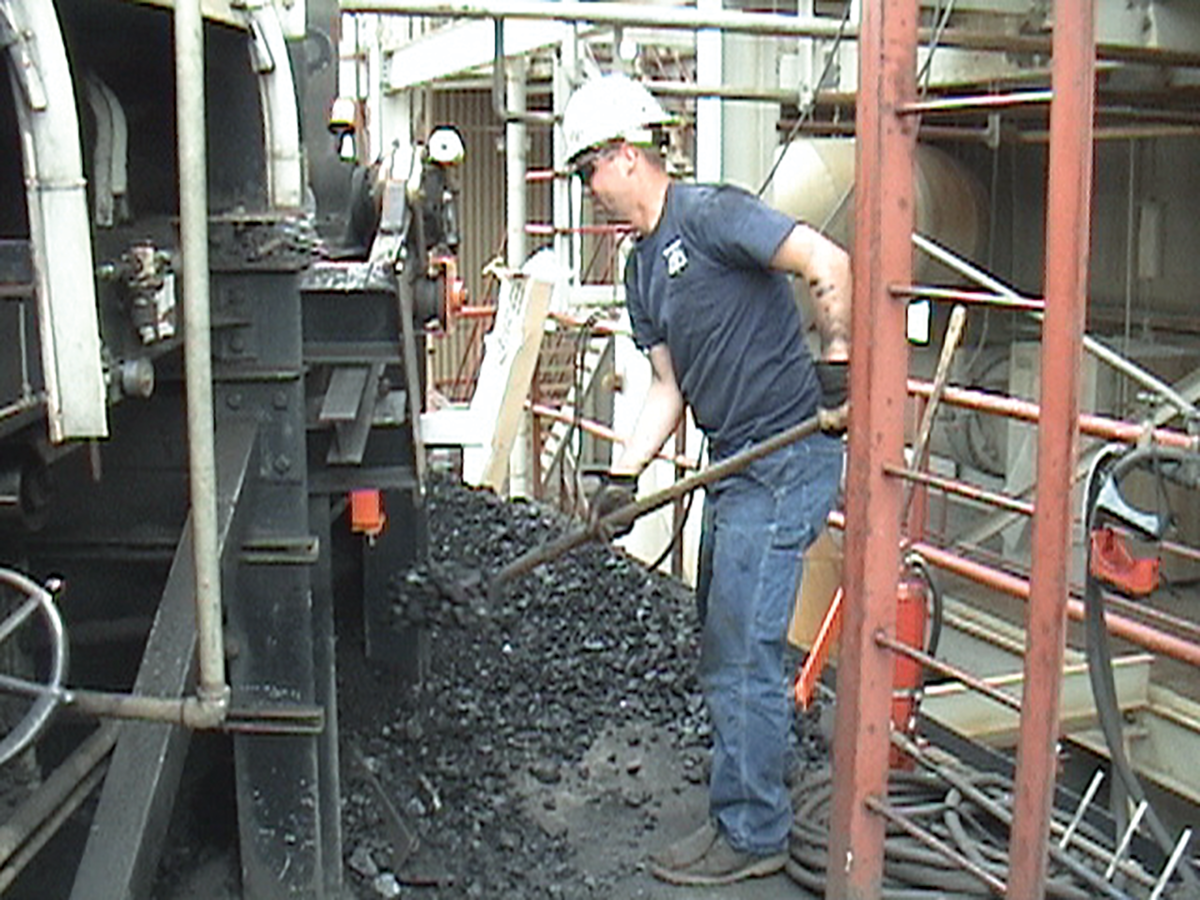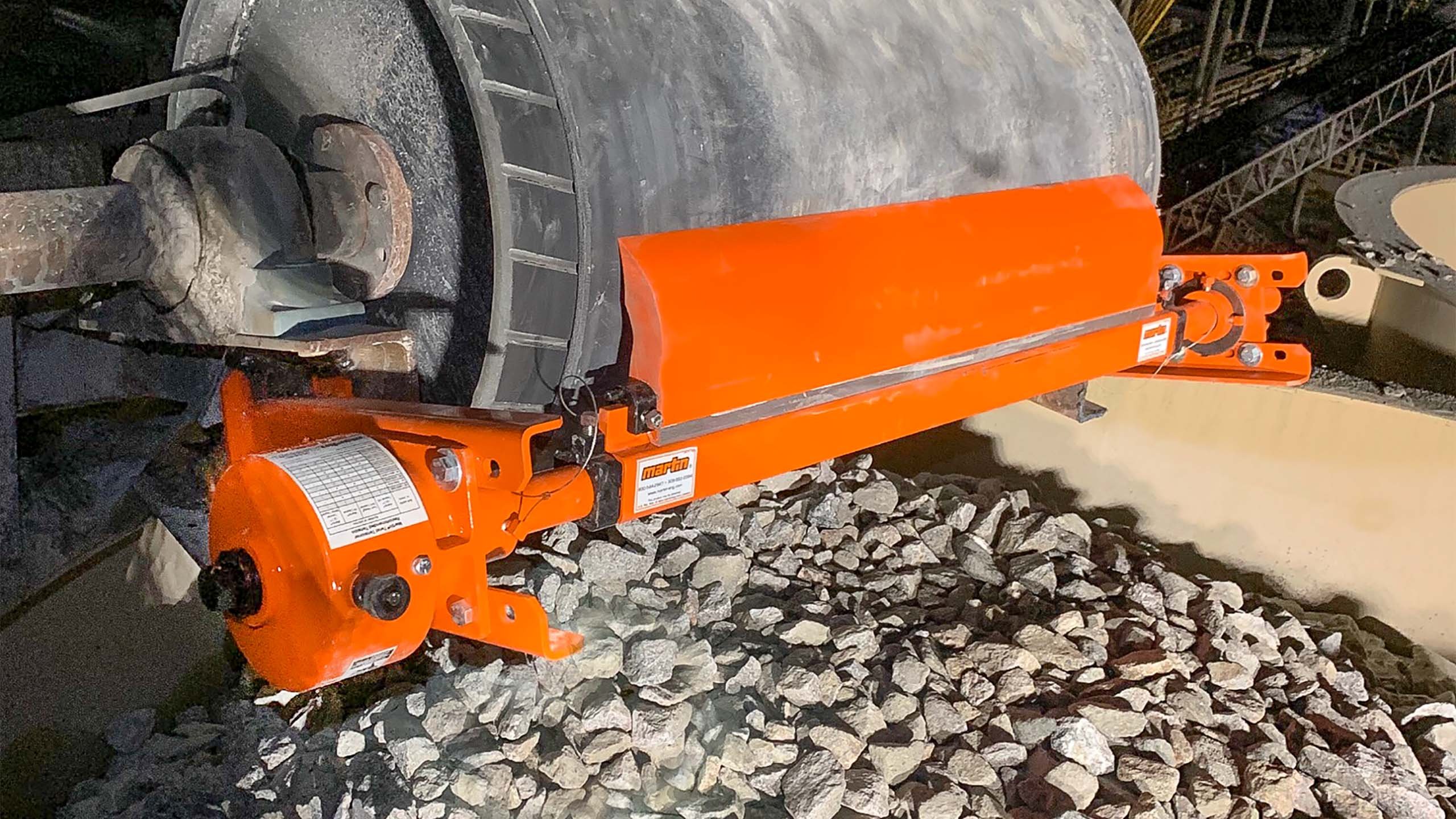Quantitative and Qualitative
Without both qualitative and quantitative information, discussion about the effectiveness of efforts to control fugitive material becomes a futile debate based on opinion rather than fact. Quantitative measurements of the amount of fugitive material collected provide strong evidence of the nature of an operation’s specific problems, These are assessments that capture the actual amount of materials lost, through testing of the system both before and after improvement projects are installed.

The type(s) of fugitive material seen in a bulk-materials handling operation can often be determined by the size of the particles in the bulk material and the shape of the pile of material. Dust is very small particles that tend to become airborne and accumulate by blanketing an area. Spillage is generally granular in nature, representing the average particle size of the bulk material being conveyed, and accumulates in conical piles with a slope equal to the bulk material’s angle of repose. In some cases, the hole through which the spillage leaks acts as a screen, and the pile of spilled material will be of a uniform size. In other cases, the process creates a separation of particle sizes via airflow or degradation.
While measuring spillage is relatively straightforward, determining the source of the fugitive material often takes a little detective work. It is important to look up when looking for the source of a spill and trying to deduce where the material could have originated. If there is no obvious source, it could be the spill was caused by an operating problem such as a plugged chute, belt mistracking, an overloaded belt, or a maintenance problem such as a defective indicator.
In addition to quantitative information, there may be occasions when measurements alone do not convey the nature of the problem or signify the amount of improvement required or achieved. In these cases, there is the opportunity for the use of more qualitative standards. However, to be effective and valuable, these standards should be defined in advance and subject to a versatile and well-intentioned scoring system.
The Scale of Fugitive Materials
It is human nature to forget what past conditions were and unconsciously change the definition of what is acceptable. A scale of fugitive materials is an evaluation system, using predetermined point values and comparative photographs of a specific operation or facility as the standard for evaluation. A scale establishes an index that assigns values to a system’s performance in control of fugitive materials. It calls for the assignment of scores to the dust, spillage, and carryback control of a given system, using a pre-established, operation-specific scoring system. Using these scores, an operation can evaluate the performance of its equipment (and its suppliers) in achieving control of fugitive materials.
A scale, when combined with quantitative data collected on production rates, maintenance costs, and worker safety, can be used to prepare a comprehensive evaluation of management’s efforts toward continuous process improvement.
Scoring System
The scoring system is based on comparing a visual inspection with ranges of conditions broken down into categories and illustrated with relevant photos. Each category is given a weighted numerical score. Management establishes the weighted in order to focus efforts on a specific problem. The total of all numerical scores gives an overall rating, while a listing of category scores provide a means of breaking the problem into manageable sources of fugitive materials. Each materials-handling operation should establish its own point system, based on what is acceptable, and use actual photos from the plant for the scoring of system performance.
See Also: Measuring Fugitive Materials from Belt Conveyors Part 2 | Part 3




















Leave Comment